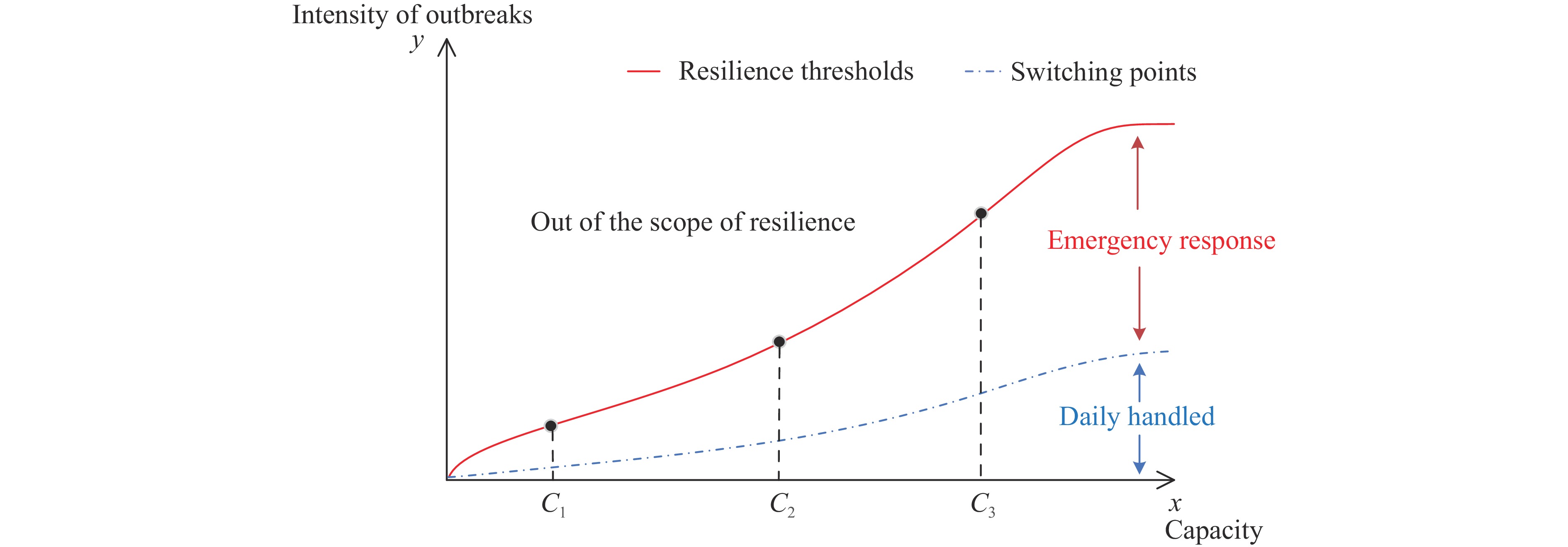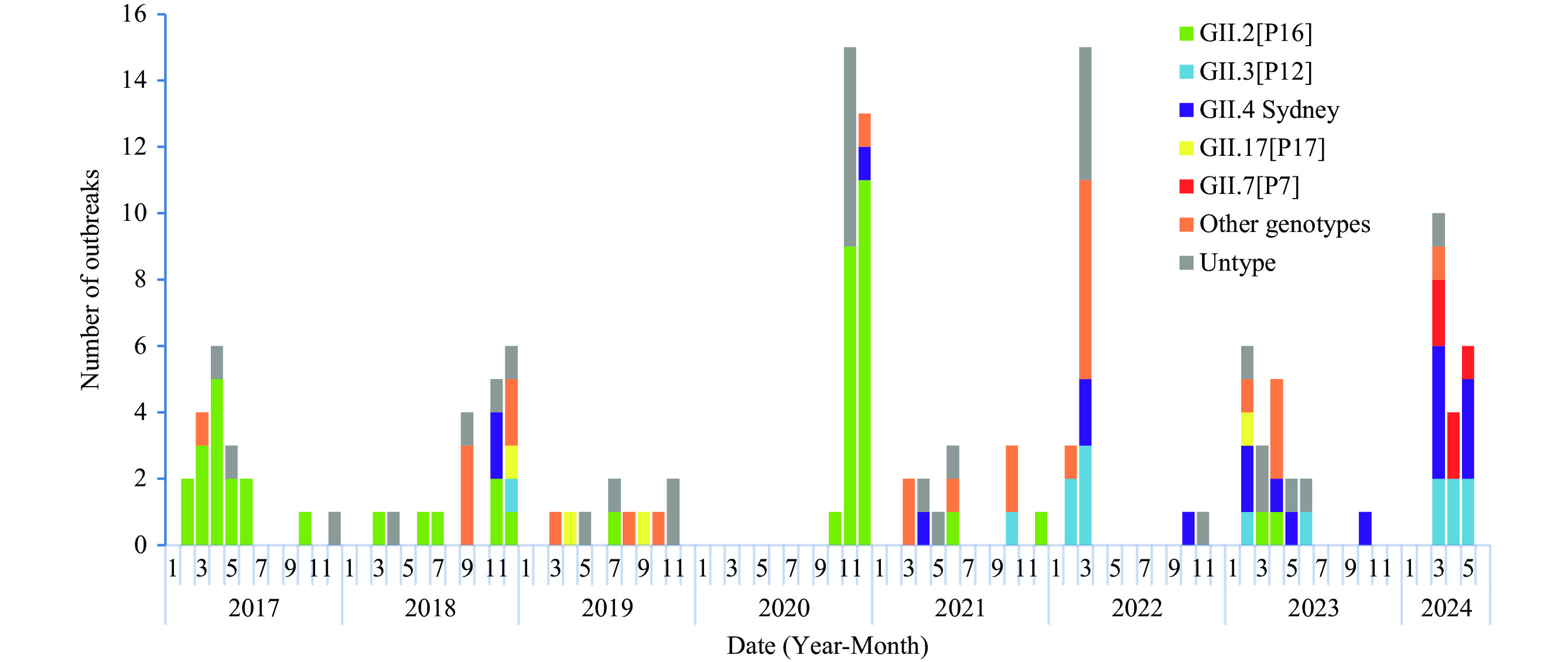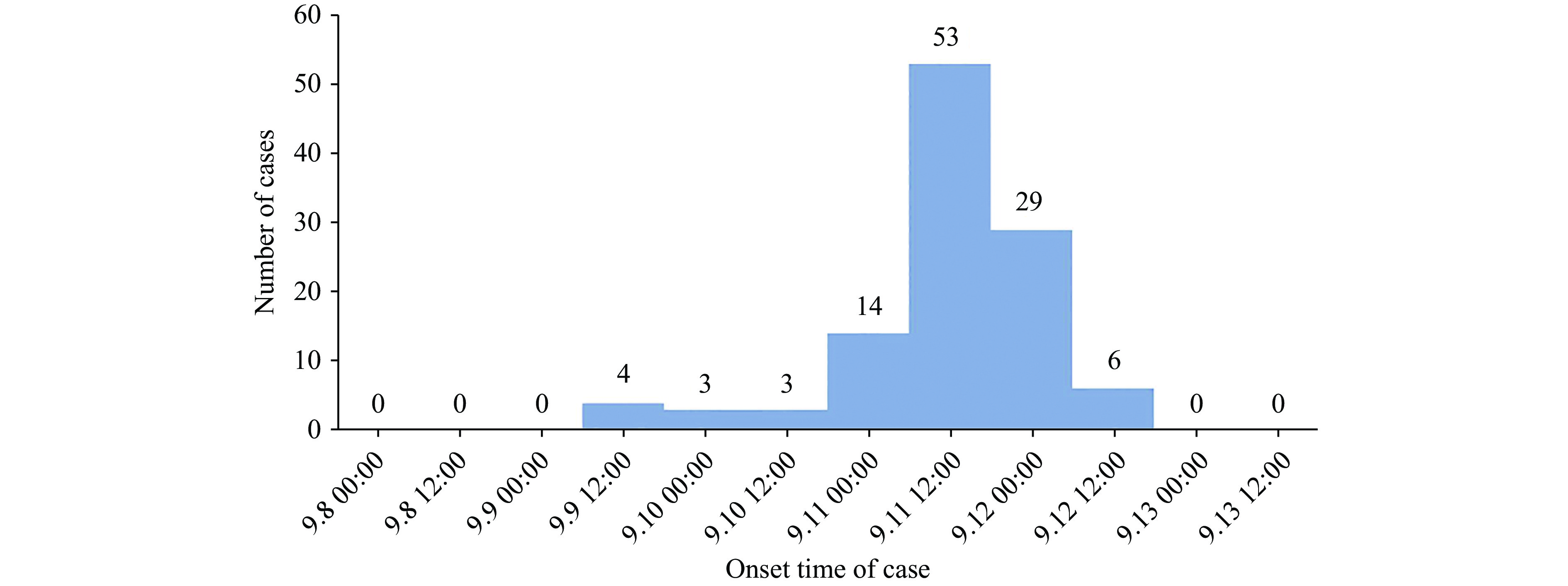2025 Vol. 7, No. 23
Resilience is widely discussed and applied across multiple disciplines, with its concept having evolved in the field of hazards and disasters over recent decades. However, there remains a lack of a resilience concept specifically applicable to infectious disease outbreaks, which can lead to misidentification of key issues in outbreak prevention and control, hindering the effective application of this concept. This study aims to provide a clear definition of resilience against infectious disease outbreaks. Building on the fundamental meaning of resilience and its application to hazards and disasters, the research has identified and developed several essential elements for resilience against infectious disease outbreaks by comparing infectious diseases with other types of natural hazards. This study then proposes that resilience against infectious disease outbreaks is the capacity to effectively prevent, detect, respond to, and control outbreaks without seriously affecting essential functions of health and social systems, which could be measured by the intensity of infectious diseases that an area can effectively manage. The concept and scope of resilience proposed in this study provide a valuable framework for improving regional capacity to better prepare for potential epidemic and pandemic threats in the future.
Since 2014, non-GII.4 norovirus genotypes have increasingly challenged the predominance of GII.4, particularly in Asia. This study analyzed the epidemiological and genetic characteristics of norovirus outbreaks from January 2017 to June 2024 in a district of Beijing, China.
We tested 2,016 stool samples collected from 309 acute gastroenteritis outbreaks for norovirus using real-time RT-PCR. Partial polymerase and capsid sequences of norovirus-positive samples were amplified and sequenced for phylogenetic analysis. Additionally, we performed genome amplification and sequence analysis on seven GII.7[P7] strains.
Between January 2017 and June 2024, 150 norovirus outbreaks were reported, with GII norovirus causing 83.3% of these outbreaks. We identified 16 distinct genotypes. Among the 102 GII genotype outbreaks, non-GII.4 norovirus outbreaks (81.4%) significantly outnumbered GII.4 norovirus outbreaks (18.6%). The three most prevalent genotypes during the study period were GII.2[P16] (46.1%, 47/102), GII.3[P12] (14.7%, 15/102), and GII.4 Sydney[P16] (12.7%, 13/102). GII.2[P16] predominated in 2017, 2018, and 2020, while GII.3[P12] was the dominant genotype in 2022. Multiple genotypes emerged in 2023. In the first half of 2024, GII.4 Sydney[P16] became predominant (36.9%), while a novel GII.7[P7] variant emerged, accounting for 26.3% of outbreaks. All seven GII.7[P7] genome sequences formed an independent branch in both VP1 and polymerase regions.
Our findings demonstrate that non-GII.4 noroviruses play an increasingly important role in outbreaks in Beijing. Continuous surveillance is needed to better understand and control norovirus outbreaks in future epidemic seasons.
Micronutrient deficiencies in children represent a significant global health challenge. Currently, there are limited nationally representative reports on micronutrient deficiencies among Chinese children and adolescents.
This study presents nationally representative data on six micronutrient deficiencies. Among children and adolescents aged 3–17 years in China, the overall prevalence of vitamin A deficiency, marginal vitamin A deficiency, vitamin D deficiency, vitamin D insufficiency, iron deficiency, zinc deficiency, low selenium status, and copper deficiency were 0.3%, 12.1%, 23.9%, 41.2%, 10.9%, 3.3%, 7.1%, and 1.6%, respectively.
Among children and adolescents aged 3–17 years in China, vitamin D deficiency in adolescents (12–17 years), iron deficiency in adolescent girls (12–17 years), and low selenium status in rural areas emerge as the most prevalent micronutrient deficiencies requiring targeted interventions.
Human papillomavirus (HPV) is a globally prevalent sexually transmitted infection, with multiple genotypes strongly associated with cancers and other diseases. While extensive epidemiological data exist for HPV in females, studies on HPV genotype distribution in males, particularly those with confirmed HPV exposure, remain limited.
This study provides a comprehensive analysis of HPV genotype distribution and its association with clinical outcomes in males with confirmed HPV exposure. The results demonstrate that low-risk HPV genotypes predominate in this population, with certain diseases showing unique HPV genotype associations. Additionally, older males exhibited a greater tendency toward multiple genotype co-infections.
This study underscores the importance of including males in HPV vaccination programs. Expanding vaccination coverage to males, combined with early screening and targeted public health education, can effectively reduce HPV transmission between sexes and decrease the overall burden of HPV-related diseases.
Salmonella infection represents a common etiology of foodborne disease outbreaks in educational settings, posing substantial health risks to both students and faculty while simultaneously generating significant public concern. This constitutes a major public health challenge requiring vigilant surveillance and intervention.
On September 11, 2024, the local center for disease control and prevention received notification from a school physician regarding a clustered foodborne disease outbreak at a middle school. Investigators promptly deployed to assess the situation. Based on comprehensive epidemiological investigations, environmental hygiene assessments, clinical symptomatology, and laboratory analyses, the outbreak was determined to be caused by Salmonella contamination. Specifically, Salmonella Newport was detected in 22 patients, 1 canteen worker, and 3 food samples.
We have implemented measures to identify the pathogenic agent, contaminated food vehicles, and associated risk factors, while emphasizing preventive and control recommendations to mitigate similar incidents in the future. The risk of foodborne illness caused by Salmonella Newport contamination warrants serious consideration, and public health practitioners must maintain heightened vigilance against this pathogen.



 Subscribe for E-mail Alerts
Subscribe for E-mail Alerts CCDC Weekly RSS Feed
CCDC Weekly RSS Feed


